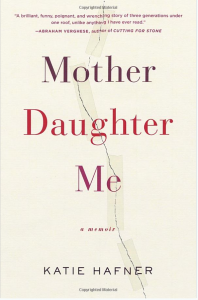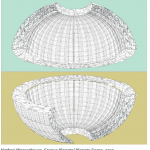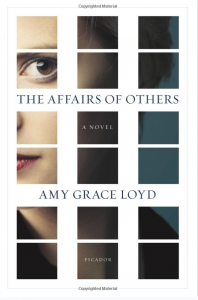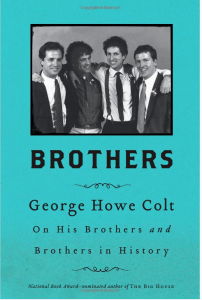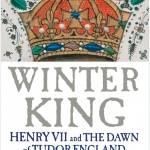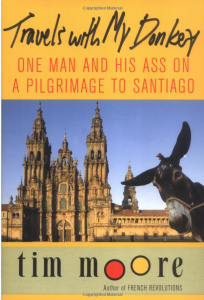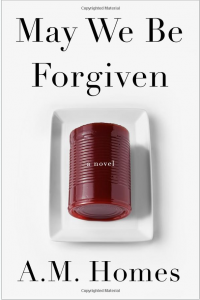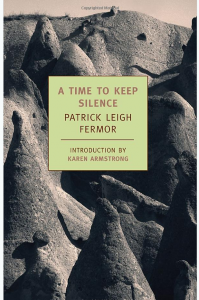Katie Hafner was widowed young and raising a daughter alone. So when her aging mother’s longtime companion moved to assisted living, it seemed a natural choice to Hafner to invite her mother to move in with her and her teenaged daughter. But as any daughter, and most mothers, could tell, it all turned out to be so much more complicated than Hafner anticipated. In this compelling new memoir Hafner tells the story of their brief time living together and the long years of anger and unhappiness that preceded the experiment.
Growing up is not easy even in a happy family, and Hafner’s childhood family was far from happy. Hafner’s mother was an alcoholic, and her parents divorced when Hafner and her sister Sarah were quite young. Hafner’s family made this familiar story unhappy in its own way: in the late 1960s Hafner’s mother first took her two daughters to Florida briefly, and then went on to Southern California. She was chasing men, who usually didn’t last, and a graduate degree in computer science, which did. (Hafner’s mother was one of the first women to work as a computer programmer and maintains her skills; Hafner says “my seventy-eight-year-old- computer maven of a mom is on Craigslist constantly”.)
Hafner and her sister moved from apartment to apartment and from school to school. They coped with the periods – first hours, then days – when their mother stayed drunk. The sober times were okay but became less and less frequent until, one day, Sarah called their mother’s parents for help. Without waiting for the end of the school year their grandfather moved the girls across the country to their father’s home in western Massachusetts. They lived with their father, and his new wife and her children, for the next several years. It wasn’t an alcoholic household, but it wasn’t a placid one. Hafner found stability nearby, in the home of close friends.
Even living with their father, Katie and Sarah never lost touch with their mother and her parents. That relationship was rocky at best, and both girls suffered. Hafner describes their father, though physically present, as emotionally distant. Somehow Hafner settled into a happy marriage, and then she was able to sustain an arm’s-length relationship with her mother. When Hafner is cruelly and suddenly widowed her mother attends the small private memorial service for Hafner’s husband. She looks “uncomfortable and lost,” Hafner writes. After Hafner reads what she describes as a lengthy love letter to her late husband, Hafner writes:
[A]s my mother was leaving, she requested a hug. “I want some of this love crap,” she said. I winced. This comment captured so much of my mother: her awkwardness, her jealousy, her need to be loved outdone by her talent for self-defeat.”
“Mother Daughter Me” is not a story of redemption so much as it is the unraveling of a long, slow process of coming to terms with what happened and absorbing it. Hafner describes some ugly events. The book must have been painful to write (and that pain is reflected in this piece, where Hafner describes recording the audiobook). There’s beauty here too, as Hafner movingly describes building a life of custom and ceremony. “Mother Daughter Me” is a story of growing up, of loss and love, and it’s beautifully told. I couldn’t put this book down. Mothers and daughters will love reading it; and those who love them should read it too. Do you agree? Let us know in the comments.
Have a book you want me to know about? Email me at asbowie@gmail.com. I also blog about metrics at asbowie.blogspot.com.

